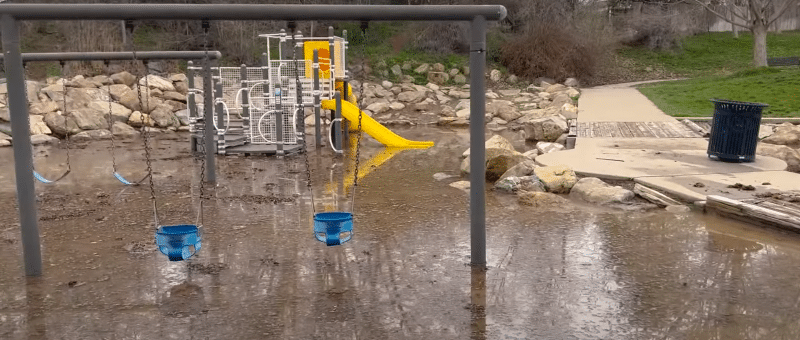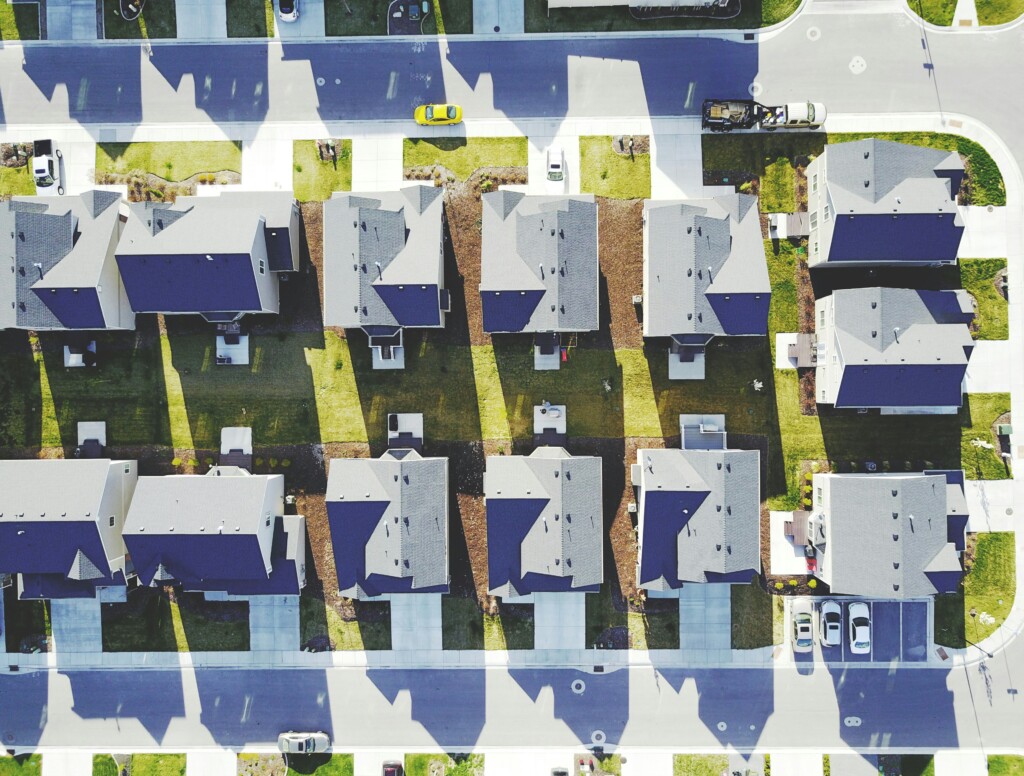The Great Salt Lake is Rising Fast: Should We Expect Big Flooding?
According to Newsweek Magazine and other reliable sources, the Great Salt Lake has already risen this year by three feet, from an elevation standpoint that’s 4,186.6 feet. This comes before the 30” of water (a new historic record) is now sequestered in up to 20 feet of snow that still rests atop the Wasatch Range and surrounding mountains.
What kind of impact will this year’s massive snowpack have on Utah’s lakes and watershed? It sounds like a trite and political answer, but: it depends. First of all, it depends on how fast temperatures rise at the highest elevations.
Currently, Ogden Canyon is experiencing rapid run-off and some flooding. The Ogden River is already just a foot below full capacity. This is because the Ogden Valley is melting its lower-elevation snowpack first.
The Little and Big Cottonwood Creeks as well as City Creek will experience prolonged and delayed snowmelt because the elevation of the snowpack is higher.
The floods of 1983 are the benchmark for comparing the likelihood of flooding in the future. In 1983, there was a huge snowpack, but there were low temperatures and continued precipitation throughout the month of April leading into May.
The flooding that occurred in May of ‘83 was due to the very hot Memorial Day weekend. Temperatures rose above 80 degrees prior to that weekend, and mountain temperatures were over 60 degrees. The huge meltdown during the late season brought the floodwaters to the valley so quickly that the infrastructure at that time was unable to handle so much water all at once.
Since the floods of 1983, infrastructure improvements have occurred, including the installation of culverts and the widening of underground pipes that channel runoff from City Creek Canyon to the Jordan River drainage.
Can Sugar House Handle the Parley’s Creek & Emmigration Creek Runoff?
As we know Emmigration Creek is currently (as of April 13th), the major problem area for Salt Lake City Public Utilities. Currently, 150 volunteers have shown up to fill sandbags and divert the overflowing Creek, which overran its banks at approximately 1600 East on April 12th. The creek is now running down 1700 South up until about noon on April 13th. What will happen next? A Salt Lake City Public Utility person named Chris told Utah Stories, “We really don’t know what is going to happen.” He added, “It could increase flow as it gets warmer and overrun the sandbags.” But he added, “We are now expecting that likely other river will begin overrunning their banks all over Salt Lake City.”
Parley’s Creek runs under 1-80 from Park City and also runs through Tanner Park then through Sugar House Park into Memory Grove. Parley’s Creek headwaters include Mountain Dell Canyon and Lambs Canyon. Little Dell and Mountain Dell Reservoirs were built to accommodate potential flooding. Since this is lower-elevation or run-off, this will likely be the most significantly impacted area from high temperatures until the end of April and flooding can be mitigated by collecting more water in the dams upstream. While it’s unlikely that Parley’s will pose a serious problem for Sugar House residents beyond the early spring due to the upstream reservoirs.

Return of the State Street River?
In 1983 City Creek Canyon and City Creek were so excessive for a few weeks State Street in Salt Lake City became a river. What is the likelihood this will happen again? According to Salt Lake City engineers, the capacity of the culverts and pipes is so much greater now, diverting water down streets is unlikely, but not completely impossible. City Creek’s watershed includes the entire Black Mountain area, which climbs above 9000 feet in elevation. There is still a massive amount of snowpack above the city, but due to this snow being so high in elevation and not susceptible to fast melting before Memorial Day, it is unlikely that Salt Lake City will experience big floods.
Will The Jordan River Near Salt Lake City Flood?
The Jordan River will likely run over its banks in areas after its tributaries (Emmigration, City Creek, Dry Creek, Mill Creek, and Little Cottonwood Creeks and eight other creeks) flow in. The Three-Creeks Confluence (Red Butte, Emigration, and Parley’s creeks) located at around 900 South on the Jordan River, is a critical area to watch. If there is little to no flooding there, the river will likely not flood downstream.
In summary, If we don’t receive any additional huge storms, and if temperatures remain high prior to Memorial Day, we will likely see pockets of flooding in places like Parley’s Creek, Millcreek Canyon, and some areas along Cottonwood Creek and possibly in many pockets along the Wasatch Front, but the severity of flooding will be limited and likely not cause significant damage, according to engineers. What do religious leaders say? None have yet gone on record saying this is the beginning of the next deluge to wash away all of the sinners who now occupy the valley of the Saints.
How Do You Prepare?
There are sites set up where sandbags can be filled, but if you are a single person or a family, mitigating a massive flood will be futile. If you live on a creek– lets face it– you are screwed. You will never guess how you will stop the river from overflowing. Only if the entire river is sandbagged will your home be saved from flooding. It would require a massive community effort to save homes from flood damage entirely: neighbors working together, even those who are out of the flood area stepping up helping neighbors who are in the flood plane. This occurred to a huge extent in 1983, this is impossible to happen in our much more ego-centric world today. But this is my personal opinion, I could be wrong.
Will This Water Significantly Impact the Great Salt Lake?
This year the Great Salt Lake has already received more water than it has received in the prior two years. The water level is up three feet and is expected to rise by at least another three feet. However, It will still be three feet lower than it should be, unless massive storms continue. This will make a significant impact on the health of the lake and the ecosystem of the brine shrimp and millions of birds who migrate there. It’s great news.
Utah Governor said “Pray for snow” at the beginning of winter. Either everyone’s prayers worked. Or it was the giant whale statue at ninth and ninth that it appears the secular Salt Lakers want to attribute the very bountiful glorious snow mother nature has granted us.


